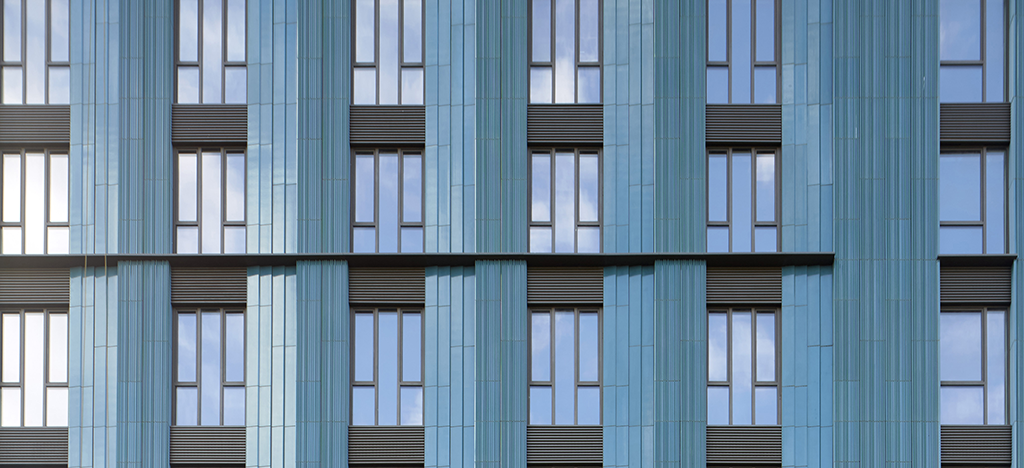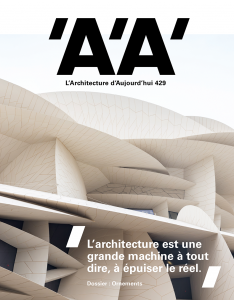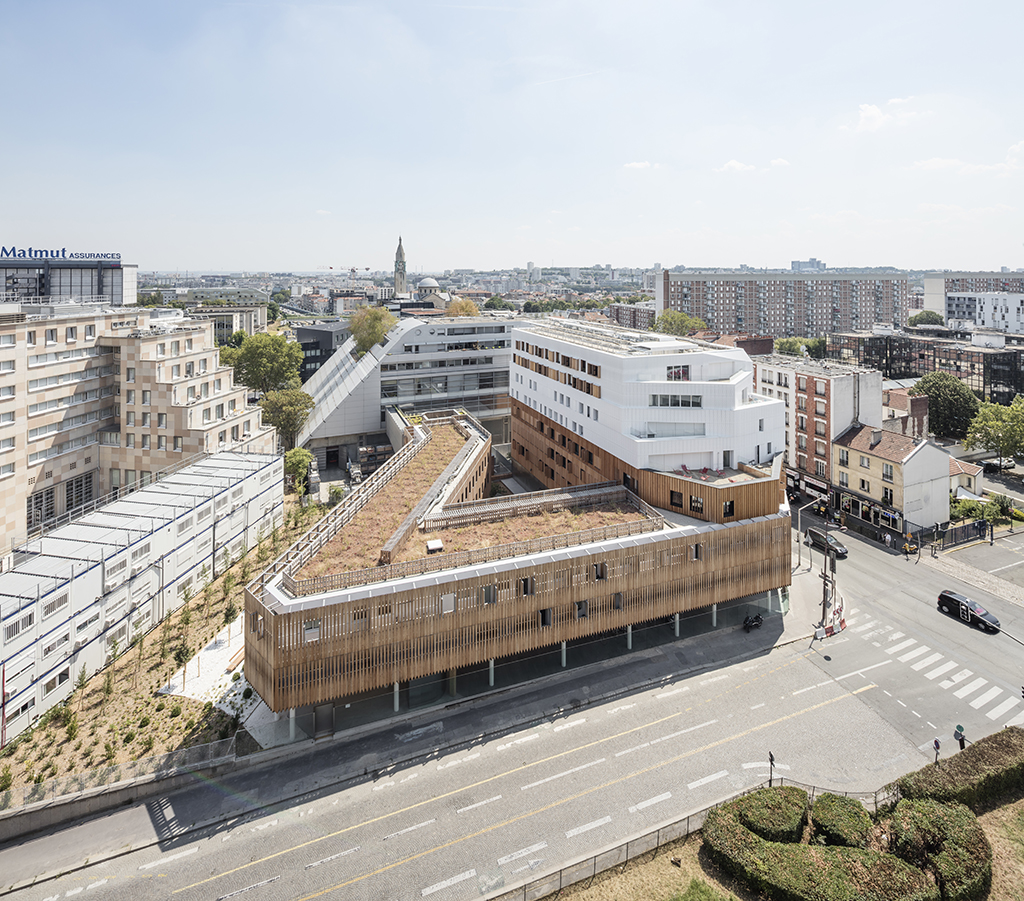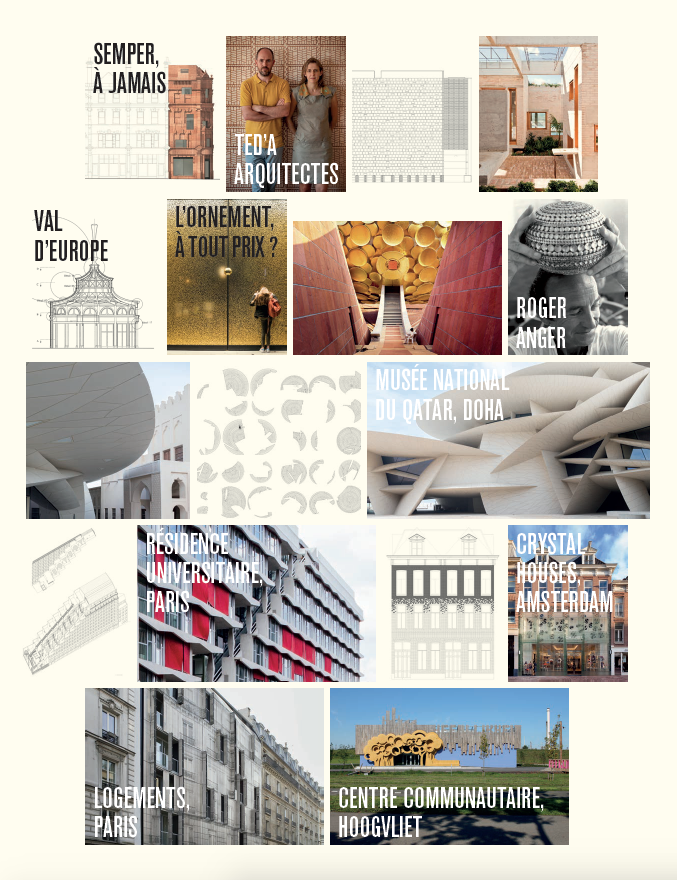Neil Deely on Metropolitan Workshop’s latest project
London and Dublin based office Metropolitan Workshop completed in late 2018 the project Mapleton Crescent SW18, built on a constrained triangular site near London city centre. The building has been realized for specialist tiny homes developer Pocket living; the terracotta clad façade, developed with artist and ceramicist Loraine Rutt, changes colors in different light conditions.
Neil Deely, co-founder and Partner at Metropolitan Workshop wrote the article below to present this project to L’Architecture d’Aujourd’hui’s readers.
Mapleton Crescent in London is the tallest private sale modular residential tower in Europe. It sets a precedent for design-led quality off-site housing that seeks affordable and sustainable solutions to the UK’s housing crisis. The building was completed towards the end of 2018 for affordable housing developer Pocket Living, on an awkward 400sqm triangular site. The 27 storey tower has an elegantly slender profile and a measured balance of verticals and horizontals reminiscent of Art Deco qualities.
The tower is clad in three different profiles of exquisite teal terracotta. This is the buildings crowning ornament and it gives a transformative sense of depth and life to the façade. Our office collaborated with local artist and ceramicist Loraine Rutt to develop the unique glazing and precise blue-green colour which responds to the tranquil River Wandle running alongside. The three contrasting terracotta profiles of the building create a truly unique facade. The primary piers employ a ribbed tile, the ends of each wing have a pleated tile, and the cladding to the lift core utilizes a micro-ribbed tile. Layering of recessed pleated tiles in each typical bay gives a sense of depth and texture. The meticulous layering of the terracotta provides an emphasis to the tower that demonstrates an ornamental design rigour. The cladding grid is aligned with the structural grid to avoid clumsy extrusions.
The perceived tonal colour of the faience alters at different times of the day. In direct sunlight it is green, and lower-light conditions produce an oily blue-green reflective appearance revealing the contrasting terracotta textures with greater impact. Terracotta is an ideal cladding material as it wears extremely well and does not fade, ensuring that the green colour will remain strong in perpetuity and that minimal maintenance is required. The building is composed of two wings, one facing East over the River Wandle and one facing South. The striking sawtooth roadside cladding arrangement, along with the resident’s lounge, entrance foyer and riverside walkway, makes a positive addition to Wandsworth Town Centre’s public realm.
Internally, the entrance lobby is spacious and durable with elements of the external faience continued within. In the stairwell a plywood balustrade provides a warm centre to the slip framed core, up to a triangular roof light and roof terrace at the top. The building’s striking sawtooth design, use of colour, textural cladding, frameless glass and canopies builds a strong and distinct character that has a positive impact on the streetscape and creates a local landmark.
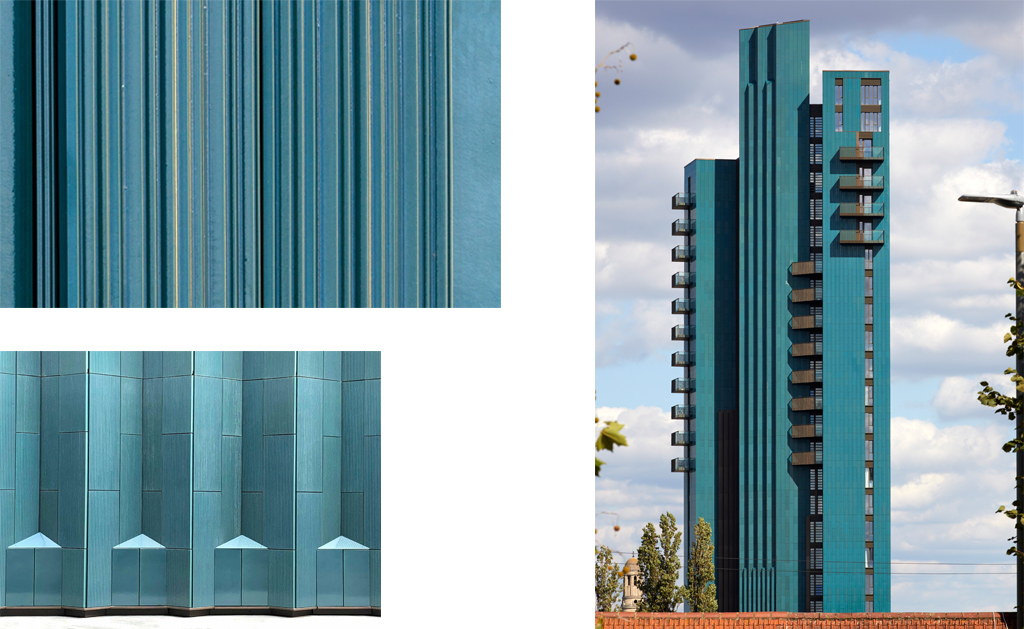
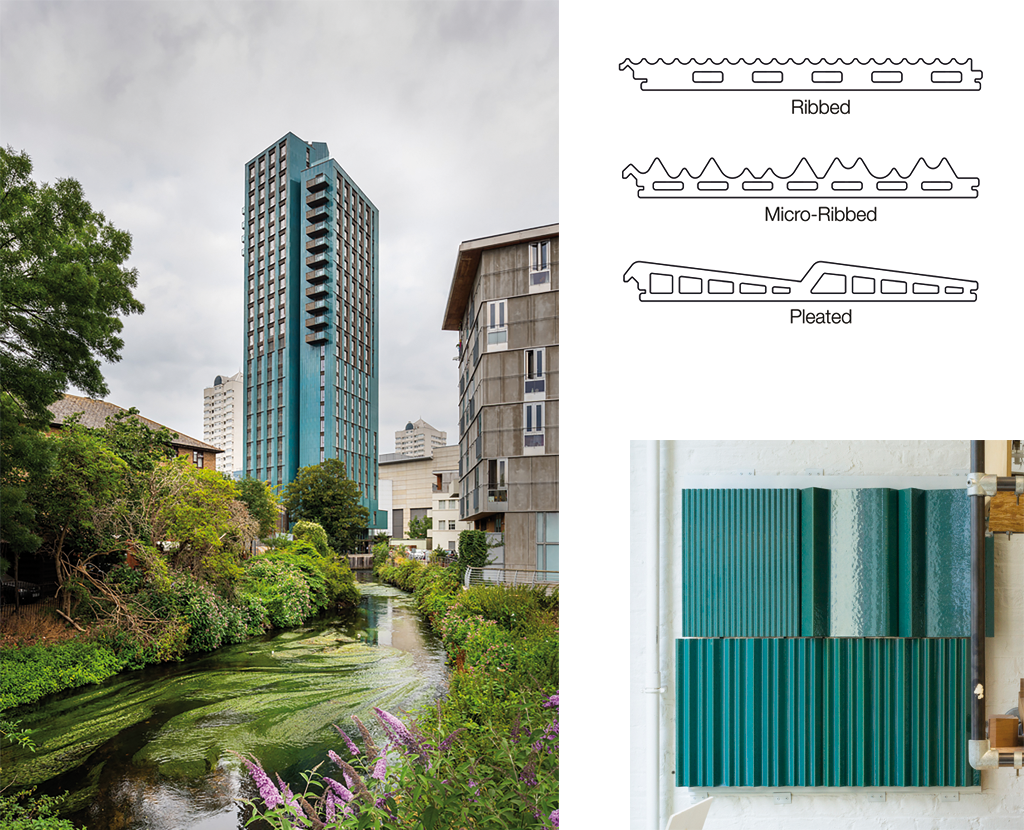
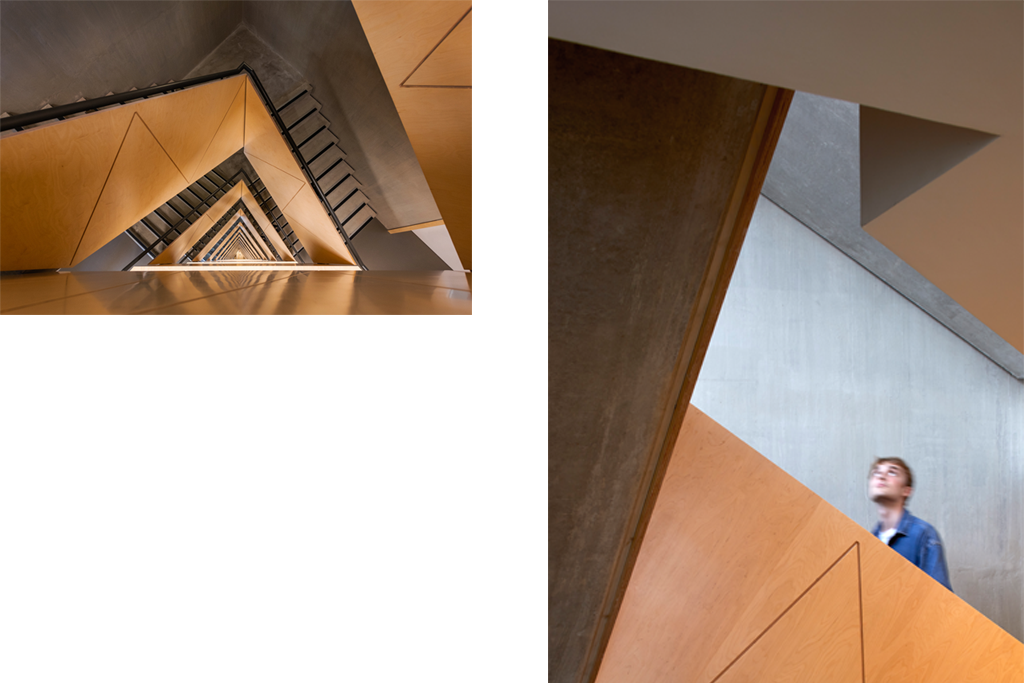
Architect: Metropolitan Workshop
Programme: 89 apartments: 53 Pocket homes
Surface: 476 sq. metres
Completion: 2018
—
© L’Architecture d’Aujourd’hui
In March 2019, AA had dedicated his issue to Ornament: read this issue still available on our online store.

